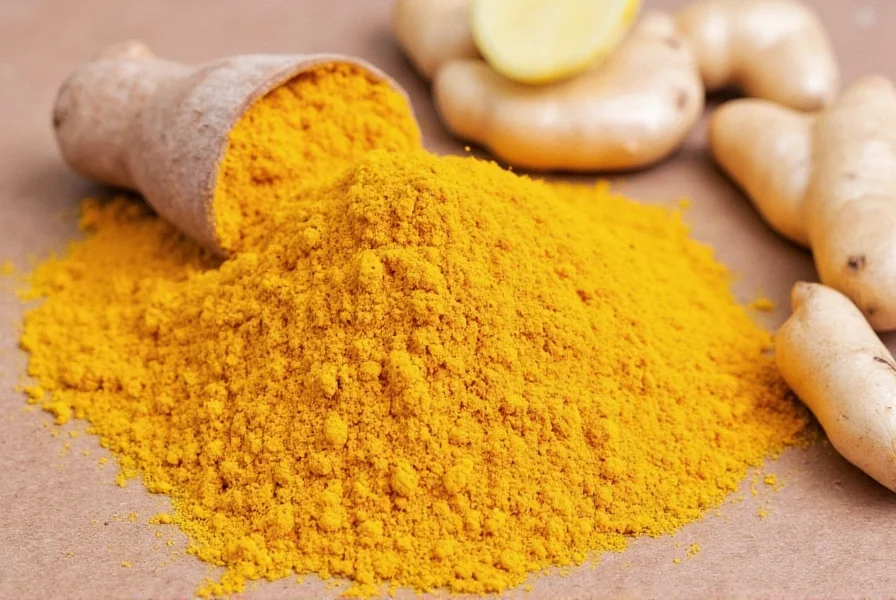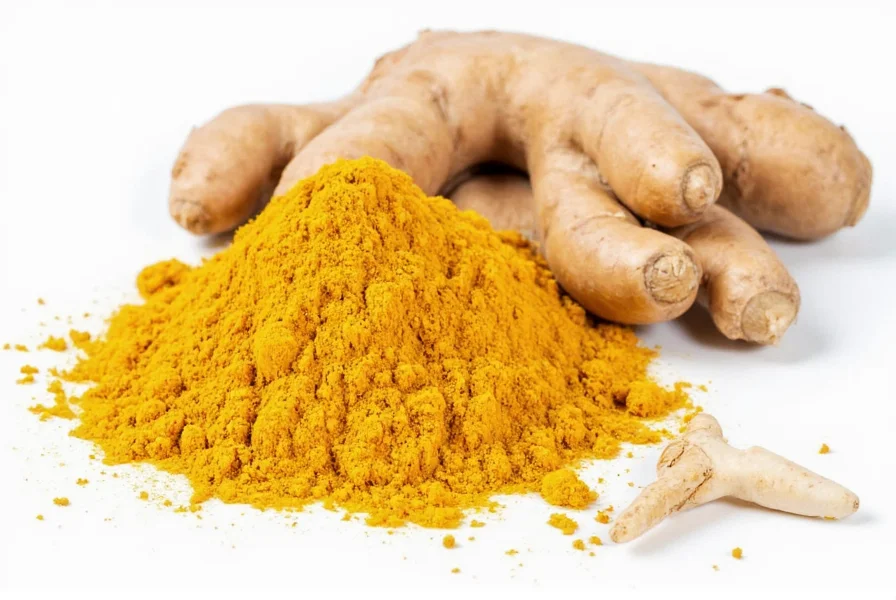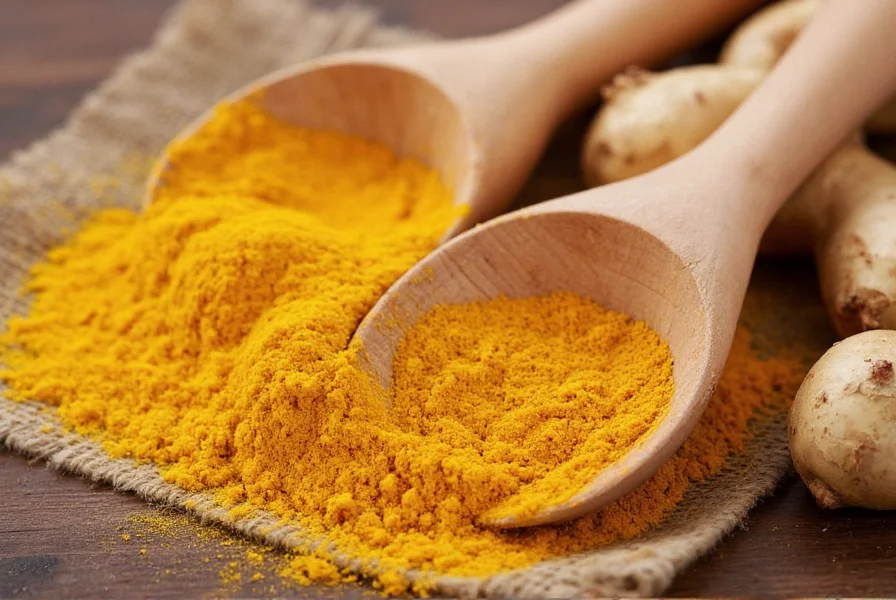For centuries, turmeric and ginger have been staples in traditional medicine systems across Asia. Modern science is now validating many of these traditional uses through rigorous research. This comprehensive guide examines what current evidence reveals about the individual and combined benefits of these powerful botanicals.
Understanding Turmeric's Active Compound: Curcumin
Turmeric's primary bioactive compound, curcumin, accounts for most of its therapeutic properties. Research shows curcumin possesses remarkable anti-inflammatory capabilities by inhibiting multiple inflammation pathways in the body. A 2017 review published in Food Science & Nutrition analyzed 120 studies and concluded that curcumin demonstrates comparable effectiveness to some non-steroidal anti-inflammatory drugs (NSAIDs) without their adverse side effects.
Curcumin's antioxidant properties also stand out in scientific literature. It not only neutralizes free radicals directly but also boosts the body's own antioxidant enzymes. This dual action makes turmeric particularly valuable for combating oxidative stress, which contributes to aging and numerous chronic diseases.

Ginger's Therapeutic Compounds and Mechanisms
Ginger's medicinal properties primarily come from gingerols and shogaols. These compounds give ginger its characteristic pungency while providing significant health benefits. Clinical trials consistently demonstrate ginger's effectiveness for nausea relief, including morning sickness during pregnancy, chemotherapy-induced nausea, and motion sickness.
Research published in the Journal of Pain found that daily ginger supplementation significantly reduced muscle pain from exercise. Another study in Arthritis showed ginger extract provided moderate pain relief for osteoarthritis patients. Ginger appears to work by inhibiting inflammatory cytokines and prostaglandins, similar to how some pain medications function but with fewer gastrointestinal side effects.
Scientific Evidence for Combined Turmeric Ginger Benefits
While research specifically examining the combined effects of turmeric and ginger remains limited, preliminary studies suggest potential synergistic interactions. A 2020 laboratory study in Phytotherapy Research found that combining curcumin with ginger extract enhanced anti-inflammatory effects beyond what either compound achieved alone.
One key mechanism involves bioavailability enhancement. Piperine, often added to curcumin supplements, isn't the only compound that boosts curcumin absorption. Research indicates ginger may also improve curcumin's bioavailability, potentially making the combination more effective than either alone.
| Health Benefit | Turmeric Evidence | Ginger Evidence | Potential Combined Effect |
|---|---|---|---|
| Inflammation Reduction | Strong clinical evidence | Moderate clinical evidence | Potentially enhanced effect |
| Digestive Health | Moderate evidence | Strong clinical evidence | Synergistic digestive support |
| Pain Management | Good evidence for joint pain | Good evidence for muscle pain | Broad-spectrum pain relief |
| Antioxidant Protection | Excellent evidence | Good evidence | Comprehensive protection |
Practical Applications and Consumption Methods
Maximizing the benefits of turmeric and ginger requires understanding proper preparation techniques. For turmeric, combining it with black pepper (which contains piperine) and a healthy fat significantly increases curcumin absorption. A simple golden milk recipe combines these elements effectively:
- 1 cup unsweetened almond milk (or other plant-based milk)
- 1 teaspoon turmeric powder
- ½ teaspoon ginger powder (or 1-inch fresh ginger, grated)
- Pinch of black pepper
- 1 teaspoon coconut oil
For ginger, fresh forms generally provide higher concentrations of active compounds than dried versions. Try adding freshly grated ginger to smoothies, stir-fries, or steeping it in hot water for a potent tea. The combination of fresh turmeric and ginger in juices or smoothies creates a powerful anti-inflammatory beverage.

Safety Considerations and Potential Interactions
Both turmeric and ginger are generally safe when consumed in culinary amounts. However, high-dose supplementation requires caution. Turmeric may interact with blood thinners and diabetes medications. Ginger can enhance the effects of blood-thinning medications and may lower blood sugar levels.
People with gallbladder issues should consult healthcare providers before consuming large amounts of turmeric, as it may stimulate bile production. Those scheduled for surgery should discontinue high-dose turmeric and ginger supplements at least two weeks beforehand due to potential blood-thinning effects.
Evidence-Based Dosage Recommendations
For general wellness, culinary use provides safe and effective benefits. For therapeutic purposes, research suggests:
- Turmeric: 500-2,000 mg of curcumin daily, preferably with piperine and fat for absorption
- Ginger: 1-3 grams of fresh ginger or 250-500 mg of standardized extract daily
When combining both, start with lower doses to assess tolerance. Most clinical studies showing benefits used standardized extracts rather than culinary forms, so therapeutic effects from dietary consumption alone may be more modest.
Conclusion: Integrating Turmeric and Ginger into Your Wellness Routine
The scientific evidence supporting turmeric and ginger benefits continues to grow, validating many traditional uses while revealing new potential applications. While not miracle cures, these spices offer valuable support for inflammation management, digestive health, and overall wellness when incorporated consistently into a balanced lifestyle. Future research will likely provide more clarity on their optimal combined use, but current evidence suggests they work well together to support multiple aspects of health.











 浙公网安备
33010002000092号
浙公网安备
33010002000092号 浙B2-20120091-4
浙B2-20120091-4